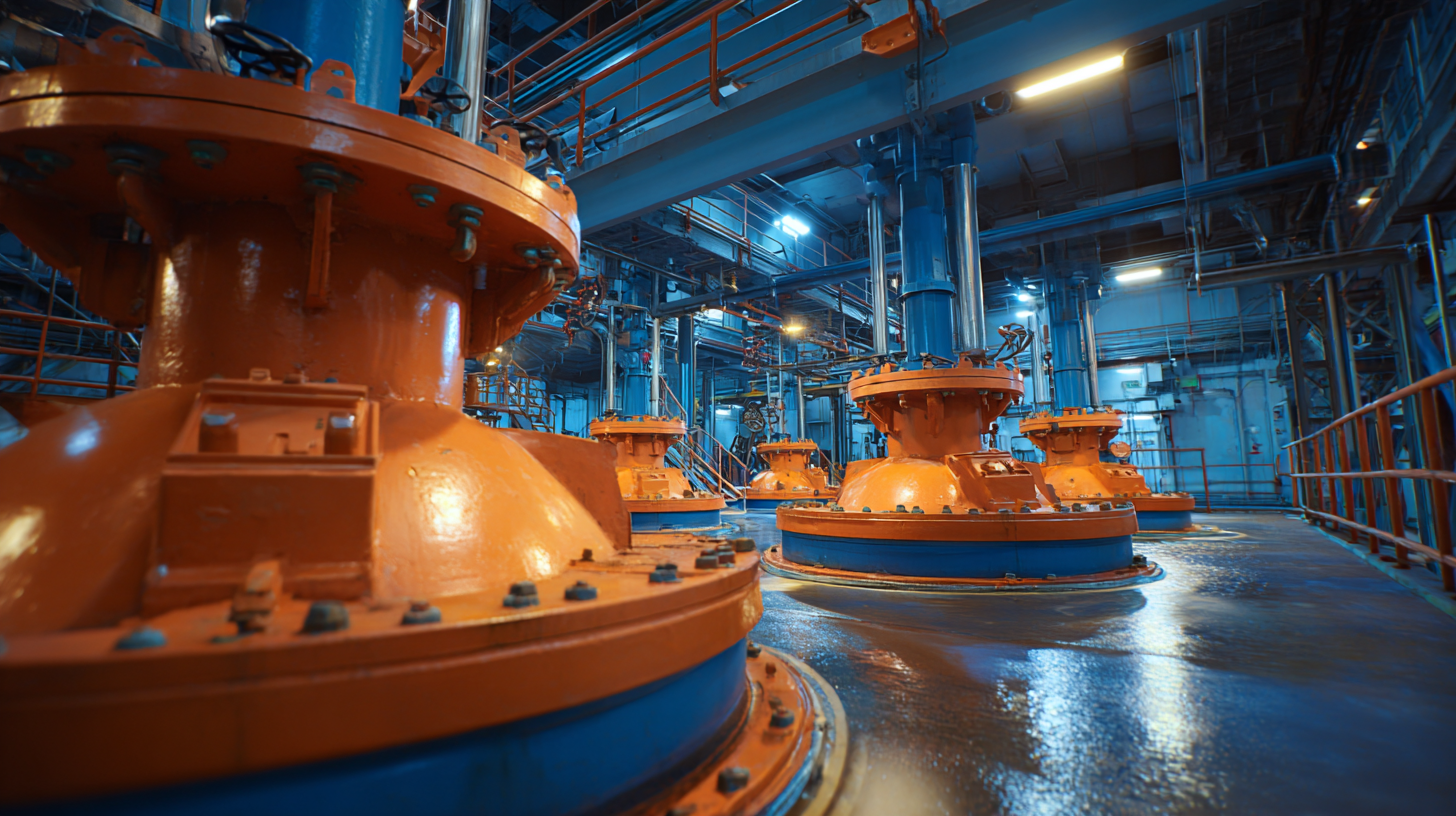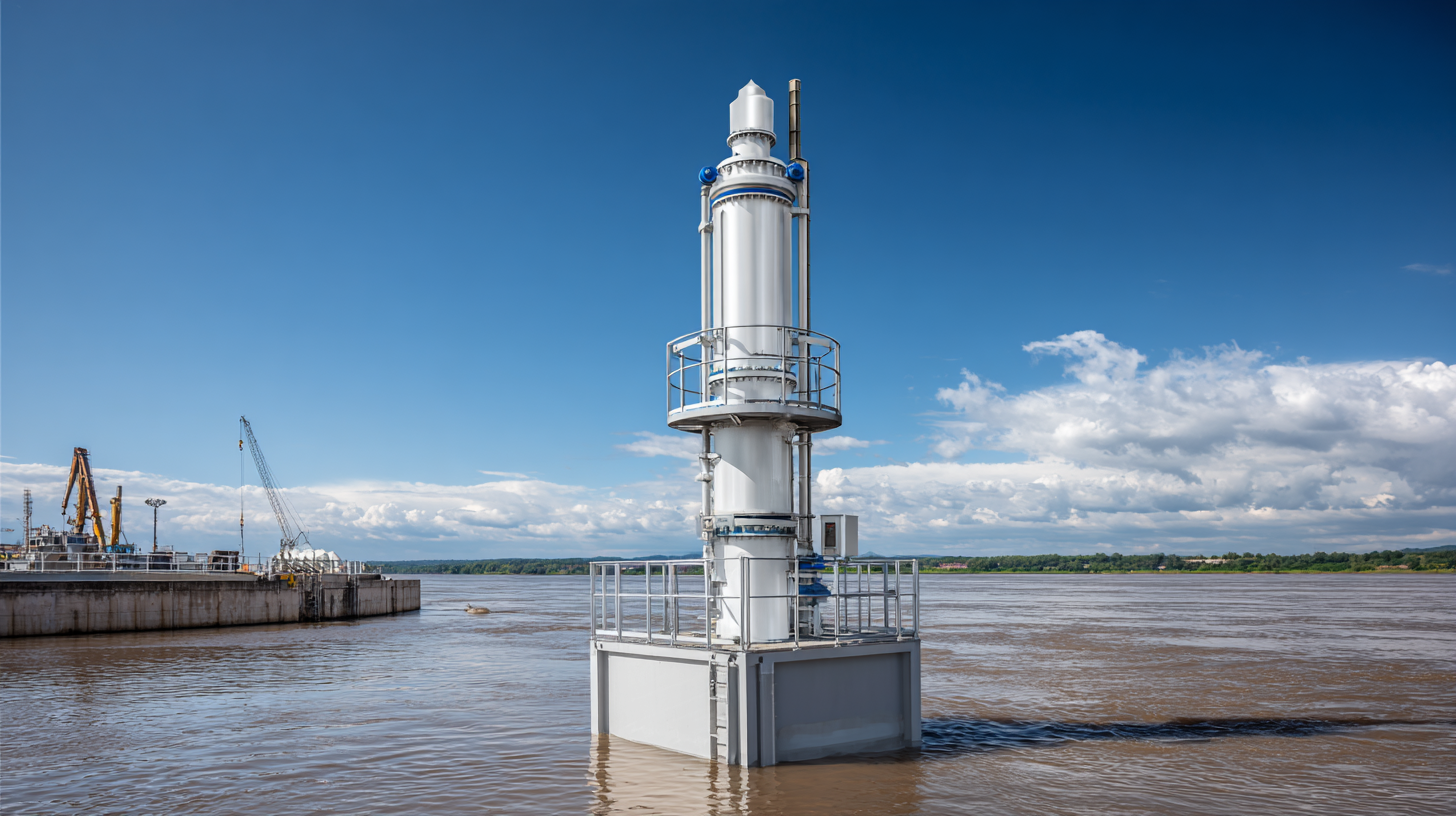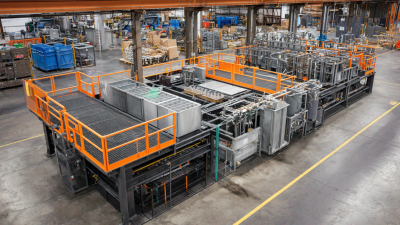 +86 13600513715
+86 13600513715



 In the realm of wastewater treatment, the efficiency and effectiveness of treatment processes play a crucial role in safeguarding public health and the environment. A recent report from the Water Environment Federation indicates that inadequate mixing in treatment facilities can lead to a reduction in biological treatment effectiveness by up to 30%. This is where the importance of the Submersible Mixer comes into play. By providing consistent and uniform mixing, Submersible Mixers ensure optimal conditions for biological processes, nutrient removal, and the prevention of sedimentation and scum formation.
In the realm of wastewater treatment, the efficiency and effectiveness of treatment processes play a crucial role in safeguarding public health and the environment. A recent report from the Water Environment Federation indicates that inadequate mixing in treatment facilities can lead to a reduction in biological treatment effectiveness by up to 30%. This is where the importance of the Submersible Mixer comes into play. By providing consistent and uniform mixing, Submersible Mixers ensure optimal conditions for biological processes, nutrient removal, and the prevention of sedimentation and scum formation.
Furthermore, the global market for submersible mixers is projected to grow at a compound annual growth rate of 4.6% through 2025, emphasizing their growing significance in wastewater management. Thus, understanding the operational principles and advantages of Submersible Mixers is essential for maximizing the efficiency of wastewater treatment systems, ultimately contributing to a cleaner and healthier ecosystem.
Submersible mixers play a crucial role in enhancing wastewater treatment processes by promoting uniform mixing and preventing sedimentation. By effectively distributing wastewater within treatment tanks, these mixers ensure that various components, including solids, nutrients, and microorganisms, are consistently homogenized. This uniformity is vital as it influences the efficiency of biological processes, ultimately leading to more effective breakdown of organic matter. When wastewater is properly mixed, aerobic and anaerobic conditions are optimized, which enhances the overall efficiency of treatment.

Moreover, submersible mixers contribute significantly to improving the performance of aeration systems. By maintaining a flow of water that facilitates better oxygen transfer, they help to create an environment conducive to the rapid growth of beneficial bacteria. This not only accelerates the degradation of pollutants but also reduces the formation of odors and other undesirable byproducts often associated with stagnant wastewater. The presence of submersible mixers thus transforms wastewater treatment plants into more efficient facilities, ensuring compliance with environmental regulations while effectively protecting public health.
Submersible mixers are pivotal in enhancing the efficiency of wastewater treatment processes. According to the Water and Wastewater Treatment Market Report published by Research and Markets, the global wastewater treatment equipment market is projected to reach USD 70 billion by 2025, highlighting the increasing emphasis on efficient wastewater management solutions. Submersible mixers play a critical role in achieving these efficiency improvements by ensuring adequate mixing and aeration, which are essential for effective biological treatment.
Key performance metrics to assess the efficiency of submersible mixers include energy consumption, hydraulic efficiency, and mixing time. A study by the American Society of Civil Engineers indicates that submersible mixers can reduce energy consumption by up to 30% compared to traditional surface mixers. Furthermore, the optimal hydraulic efficiency of submersible mixers leads to a uniform distribution of nutrients and microorganisms, significantly improving the treatment process. As wastewater treatment plants aim for reduced operational costs and enhanced output, the installation of submersible mixers proves to be a strategic move, aligning with sustainability goals while delivering measurable performance enhancements.
Submersible mixers play a crucial role in enhancing the efficiency of wastewater treatment plants, as underscored by various case studies showcasing their real-world applications. For instance, a treatment facility observed significant improvements after integrating submersible mixers into their system. These mixers promote uniform mixing of wastewater, which is essential for optimal nutrient dispersion and effective biochemical processes. This uniform flow aids in maintaining adequate dissolved oxygen levels, a critical parameter monitored by dissolved oxygen sensors, ensuring that the plant operates smoothly and complies with environmental regulations.
Moreover, the synergy between submersible mixers and advanced treatment technologies, such as ultrasound-assisted advanced oxidation processes, highlights their effectiveness in tackling contaminants of emerging concern. In one case study, the introduction of submersible mixers allowed for better integration of oxidants and adsorbents, drastically improving the removal rates of difficult pollutants. This collaborative approach not only enhances treatment efficiency but also paves the way for innovative wastewater management solutions, ensuring the sustainability of water resources in an increasingly polluted environment.
Submersible mixers play a crucial role in the efficiency of wastewater treatment processes, outperforming traditional mixing techniques in several key areas. Unlike surface mixers, which can be limited by surface tension and stratification of waste, submersible mixers effectively blend sewage at various depths, thereby ensuring a more homogeneous mixture. Recent studies have highlighted that optimizing the installation positions of these mixers enhances their performance. By carefully studying the dynamics of fluid motion and the specific requirements of sewage treatment, engineers can significantly improve the operational efficiency and energy consumption of submersible mixers.
Furthermore, submersible mixers are designed to overcome common challenges faced in wastewater treatment, such as the prevention of sedimentation and the maintenance of aeration. These innovative mixers operate efficiently in submerged conditions, reducing the risk of mechanical clogging and wear. The comparative analysis suggests that the advanced design of submersible mixers allows for better integration with automated systems, thus ensuring consistent and reliable mixing. This efficiency not only improves treatment outcomes but also contributes to lower operational costs, making submersible mixers an essential component in modern wastewater treatment facilities.
Submersible mixers are becoming increasingly vital in the realm of wastewater treatment, particularly as the industry harnesses innovative technologies to enhance operational efficiency. Recent data shows that over 80% of wastewater treatment facilities are now integrating advanced mixing solutions, which can greatly improve the performance of biological processes essential for effective treatment. Innovations such as smart mixing systems equipped with IoT capabilities allow for real-time monitoring and automated adjustments, ensuring optimal hydro-dynamic conditions are maintained. This shift towards automation not only boosts efficiency but significantly reduces energy consumption.

As we look to the future, trends indicate a growing emphasis on eco-friendly materials and energy-efficient designs in submersible mixer technology. Reports project that by 2025, the global market for submersible mixers will reach approximately $1.5 billion, reflecting a compound annual growth rate of over 4%. Facilities that adopt these innovative solutions can expect to see substantial cost savings alongside improved compliance with regulatory standards, particularly with stricter discharge limits on wastewater effluents.
**Tip:** When selecting a submersible mixer, prioritize models that offer variable-speed drives. This flexibility allows for adjustments based on the specific needs of your wastewater treatment process, optimizing both energy use and mixing efficiency.






